Cleaning the filter in a Haier washing machine
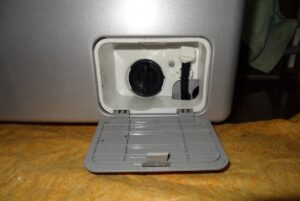 Hyer automatic machines have long earned the recognition of users. They rarely break, wash clothes well, and are relatively inexpensive. The price-quality ratio of equipment from a Chinese manufacturer is at a fairly high level. To extend the life of the “household helper”, it is necessary to take proper care of it in a timely manner: remove blockages, rinse the “insides” of the washing machine from scale, and ventilate the machine. Let's figure out how to clean the filter in a Haier washing machine, because this is the main procedure that needs to be performed every 3 months.
Hyer automatic machines have long earned the recognition of users. They rarely break, wash clothes well, and are relatively inexpensive. The price-quality ratio of equipment from a Chinese manufacturer is at a fairly high level. To extend the life of the “household helper”, it is necessary to take proper care of it in a timely manner: remove blockages, rinse the “insides” of the washing machine from scale, and ventilate the machine. Let's figure out how to clean the filter in a Haier washing machine, because this is the main procedure that needs to be performed every 3 months.
Finding a filter block
According to a social survey conducted by Haier managers, one person out of twenty has no idea what a garbage filter is, what it is for, or where it is located in the washing machine. Of course, they don’t even suspect the need to clean this element.
The garbage filter is located at the bottom, in the right corner of the body of the Hyer washing machine, behind a separate opening door.
Having examined the lower part of the front wall, it is easy to notice a small technical hatch - the trash bin is “hidden” behind it. To open the cover, you need to pick it up with a thin screwdriver or your finger and pull it in your direction.
Immediately behind the door there is a round black “plug” of the garbage filter and a separate hose for emergency draining of water from the system. The tube is covered with a plug, which is pulled out if you need to quickly remove liquid from the tank, for example, if the automatic machine breaks down. It is easy to remove the trash can for cleaning. The drain filter is removed from the machine by unscrewing it - its visible part has a convenient protrusion that you can grab onto.
Be prepared for the unexpected
Do not immediately unscrew the filter plug. There is always water left in the drain system, so it is worth preparing for the process. Otherwise, the liquid gushing out of the hole can spoil the floor covering, stain the carpet, etc. The algorithm of actions will be as follows:
- Turn off the power to the washing equipment by unplugging the power cord from the outlet;
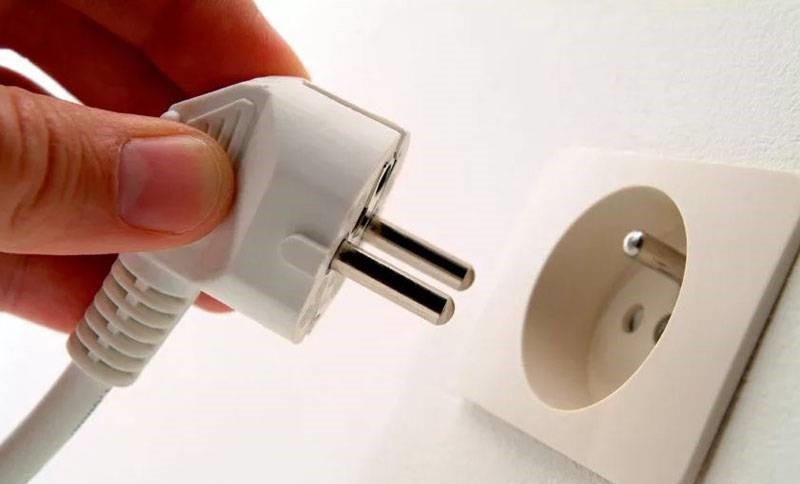
- turn off the water supply tap;
- Move the mats aside if they are lying near the automatic machine. The water remaining in the system is dirty; if it wets the products, they will have to be washed;
- Prepare a container to collect water. An ordinary frying pan or a low basin will do;
- if the room has a floor covering that is afraid of moisture, cover the area around the washing machine with polyethylene and on top with old rags;
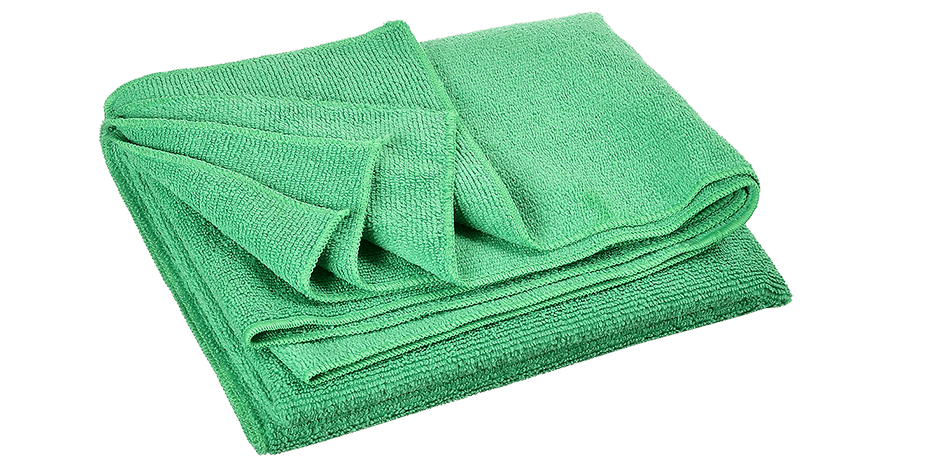
- tilt the machine back a little and place a basin under the body, in the area where the garbage filter is located;
- Throw a couple of dry wipes near the basin to quickly wipe away the water if necessary.
Now you can start cleaning the filter element. If you neglect the preparatory measures, you can flood the floor around the washer with water. Let's figure out what to do next, how to wash the drain system element.
Let's start removing garbage from the system
Now you need to remove the “trash can” to clean it. Unscrewing the filter element is very simple. Grab the protrusion of the “plug” and make a half turn, turning the handle from right to left. Next, wait until the main volume of water drains into the container. Then you need to pull the garbage filter - it will be in your hands.If, after removing the plug, water spills around the basin, take dry rags and wipe the floor. Sometimes the filter may not come out right away. Then you can treat the plug with WD-40 aerosol, wait 15-20 minutes and try to move it again.
Now you can start cleaning. Inspect the element - remove any tangled hair, pieces of dirt, threads and other debris from it. Then rinse the part in warm water. Plastic should not be subjected to high-temperature processing - it may become deformed.
If limescale has stuck to the filter, more thorough cleaning will be required. Take a bag of citric acid, dissolve 50 grams of the product in a small basin, and immerse the “trash can” in the solution. You will have to wait 6-7 hours, during which time the scale will move away from the part. It is better not to use household chemicals to remove deposits - aggressive components can “corrode” the plastic, thereby damaging the filter element.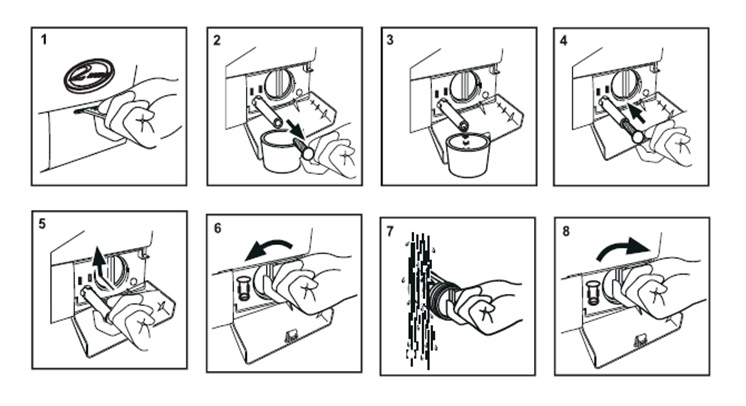
While the drain filter is “soaking”, you should work on the hole where it is inserted. It is necessary to shine a flashlight into the internal area, remove from the “nest” all the debris that has accumulated during the operation of the machine, and clean the dirt from the walls with a damp cloth. Look into the hole where the “trash can” stood - inspect the impeller of the drain pump. Lint and hair are often wrapped around its blades. Take a long thin stick and remove debris from the “wings” of the part. This completes the cleaning of the drain system elements.
Now you can put the clean drain filter in place, pull out a bowl of water from under the body and collect all the rags. It is important to make sure that the system is sealed; to do this, run some short mode of the washing machine, for example, “Rinse”.While the equipment is working, make sure that there are no leaks in the “trash can” area.
Consequences of neglecting prevention
Many people are surprised and cannot understand why to clean the drain filter in a Haier washing machine. In fact, quite often people do not touch the “trash can” at all for years, and the machine works properly all this time. But it’s better not to allow this to happen.
If you do not clean the garbage filter, it will become very clogged and it will be very difficult to unscrew it.
If the filter element is severely clogged, the machine will stop functioning altogether. The waste water will not be able to go down the drain, and the washing will stop. Hayer will issue an error code. Only cleaning the “trash can” will help eliminate the problem.
It is important to understand that water from the tank first enters the drain pipe, then passes through the garbage filter and pump, and then is discharged into the sewer pipe. If the filter element is clogged, this “dirt” plug gets in the way of the liquid. The pump begins to work at full speed, which can lead to damage to the part. This is why it is so important to clean the garbage filter in a timely manner, approximately once every 3-6 months. Then the washing machine will work quietly, the drain pump will not “overstress.” You can remove the filter element in just a couple of minutes, rinse it under water and wipe the walls of the hole in another 5 minutes. As a result, having spent very little time, you will ensure the smooth operation of your washing equipment.
Interesting:
Reader comments
- Share your opinion - leave a comment



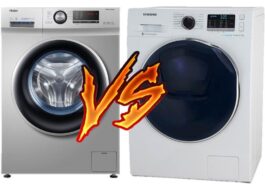
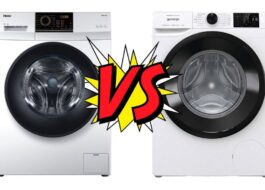

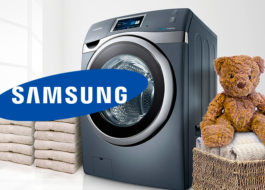














Add a comment